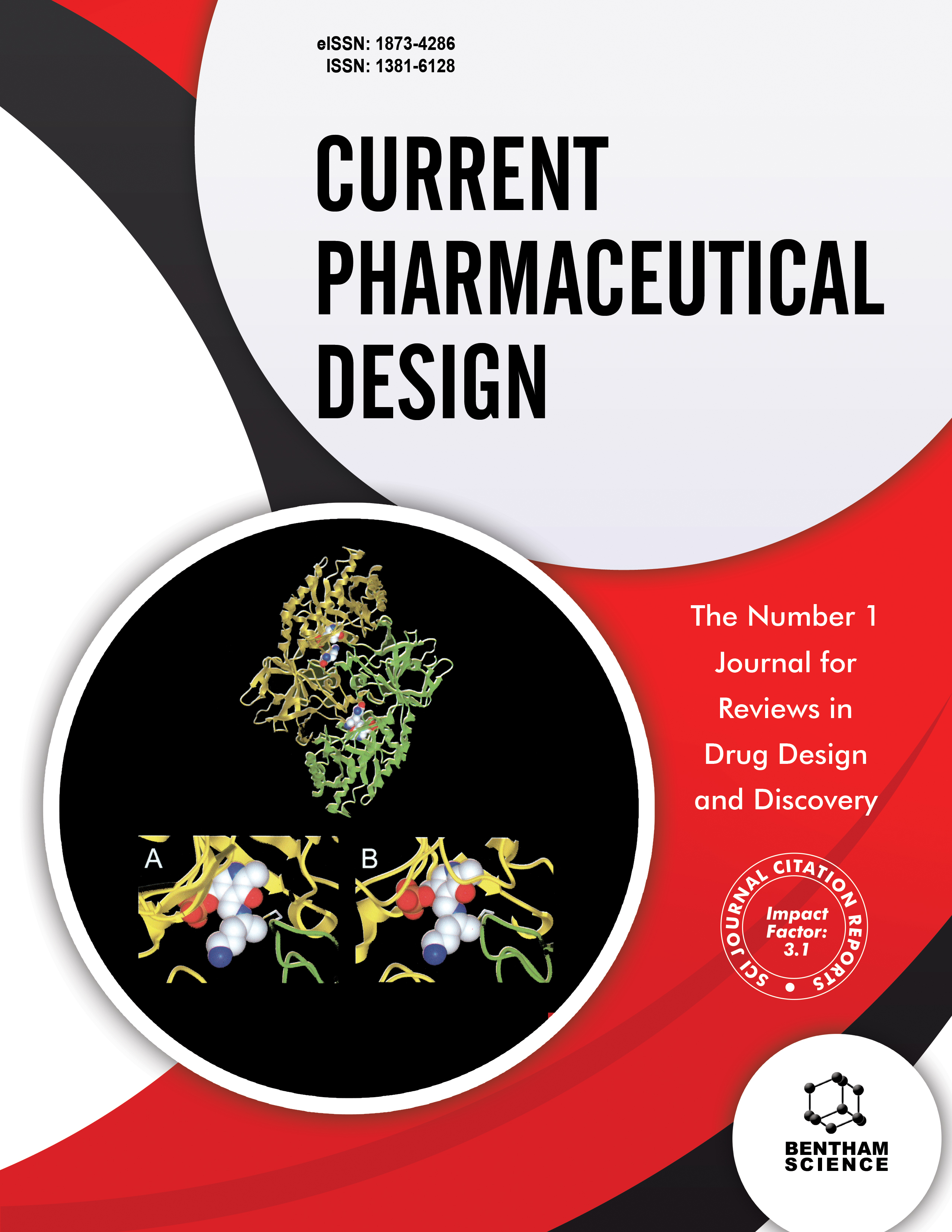-
oa Editorial [Hot topic:VIP and PACAP: Novel Approaches to Brain Functions and Neuroprotection (Executive Guest Editors: Seiji Shioda and Illana Gozes)]
- Source: Current Pharmaceutical Design, Volume 17, Issue 10, Apr 2011, p. 961 - 961
-
- 01 Apr 2011
Abstract
In 1970 and 1972, Sami Said and Victor Mutt identified and isolated “vasoactive intestinal polypeptide” (VIP) from porcine intestine based on its ability to increase peripheral blood flow and decrease arterial blood pressure in dogs [1,2]. In 1989 Akira Arimura and his colleagues isolated pituitary adenylate cyclase-activating polypeptide (PACAP) based on its ability to stimulate the production of cyclic AMP in rat pituitary cells [3]. VIP and PACAP serve as hormones, transmitters, modulators, and tropic factors, which act in both the central (CNS) and the peripheral nervous systems (PNS) through specific high-affinity receptors. Their actions are versatile and diverged within an organism as pleiotropic neuropeptides. In 1999, the laboratory of Illana Gozes in collaboration with the laboratory of Douglas Brenneman discovered the VIP-regulated activity-dependent neuroprotective protein (ADNP) and identified an ADNP derived peptide NAP (NAPVISPQ) [4]. NAP (davunetide) is now being developed as a drug candidate in progressive supreanuclear palsy, a rare fatal disease often misdiagnosed as Parkinson disease [5]. The various VIP and PACAP receptors are differentially expressed in discrete areas in the CNS and PNS as well as other peripheral organs and tissues. VIP and PACAP receptors have been identified in numerous tissues, and three different types are discerned. Two of these (VPAC1 and VPAC2) bind PACAP and VIP with similar high affinity. The third type, PAC1 is a PACAP specific receptor. PAC1 binds PACAP with high affinity and usually interacts with VIP only at high VIP concentration. PAC1 is also unique because it exists in at least thirteen different forms derived forms derived by alternate mRNA splicing. These different splice variants regulate receptor ligand affinity and specificity, and coupling to adenylte cylase and phosopholipase C pathways [6]. PAC1, VPAC1 and VPAC2 have been identified not only in the nervous system but in endocrine glands such as the pituitary, the thyroid, the gonads and the adrenal, as well as in the gastrointestinal tract, liver, pancreas, respiratory system, cardiovascular system, immune system, bones and tumor cells. Although a very large number of functions are described, it is likely that new roles for PACAP and VIP will be discovered followed by therapeutic applications. PACAP, VIP and its related peptides are shown to play very important roles in controlling homeostasis throughout the animal kingdom from sea squirt to humans. Both VIP and PACAP appear to play important, but distinct roles in circadian rhythms, nerve injury, ischemia and excitotoxicity, pain, epilepsy, schizophrenia, Alzheimer's disease, emotional and psychomotor behavior, neurodevelopment and immune response [6, 7, 8, 9, 10, 11, 12, 13, 14). In this special issue, leading international experts discuss most relevant topics on novel potential targets for VIP, PACAP and NAP. The special issue will strongly contribute to progress not only in basic research in this field but also in translational research and it may encourage moving forward toward human translational research. Finally, we would like to thank all the contributors to this special issue for their excellent participation.


